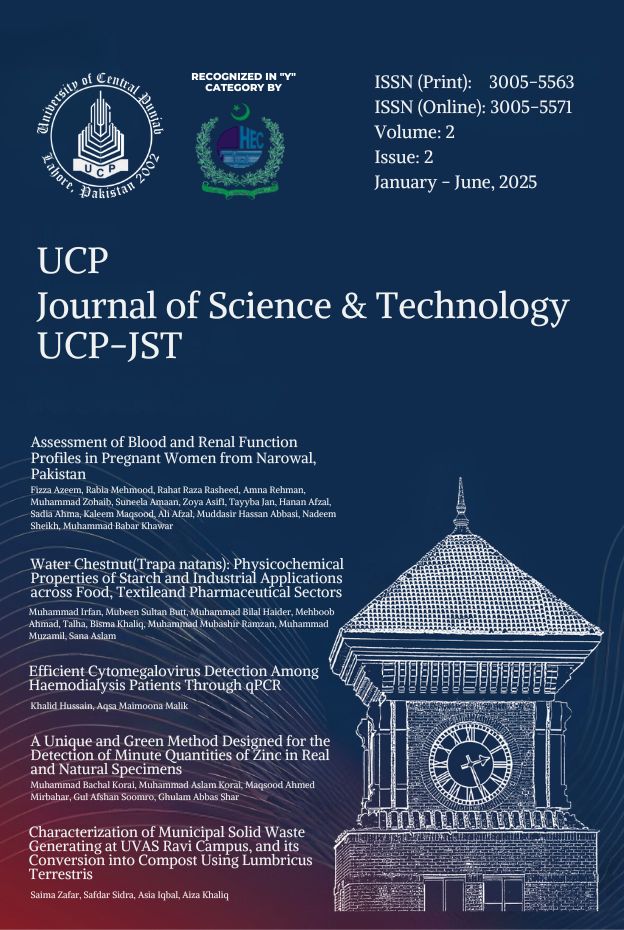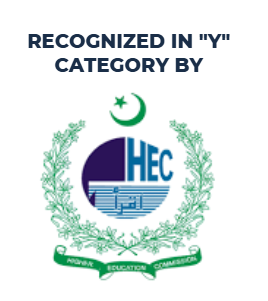CHARACTERIZATION OF MUNICIPAL SOLID WASTE GENERATING AT UVAS RAVI CAMPUS, AND ITS CONVERSION INTO COMPOST USING LUMBRICUS TERRESTRIS
DOI:
https://doi.org/10.24312/ucp-jst.02.02.438Keywords:
Traditional compost, Vermicompost, Characterization of MSW, Earthworms, Physic-o-chemical parameters, Heavy metalsAbstract
The aim of the present study was to evaluate the nutrient status of compost and vermicompost prepared by two earthworm species namely Eisenia fetida and Lumbricus terrestris. A predictable production of municipal solid waste ranges between 1.3 and 1.9 billion tons per year all over the world and has become an increasing problem day by day while being expected to increase almost 2.2 billion tons per year by 2025. Today established nations are facing a big problem in the management of municipal solid waste with the development of industries. 25 million tons of the solid waste is produced every year. Vermicomposting is a simple and cost-effective method to decompose several types of crop residues and agro industrial wastes. It has been estimated that one kg of the organic matter is consumed by earthworm in a day. Castings of the earthworms are rich in phosphorus, nitrogen, potassium, calcium and magnesium. Proximate analysis indicates that vermicompost contains 1-1.5 percent phosphorus, 1.5-2 percent potassium and 2.5-3 percent nitrogen. Depending upon the quality of the substrate vermicompost also contains hormones, vitamins and enzymes. These all characteristics are improved by increasing enzymatic and biological activities of earthworms. Vermicomposting is like receiving gold from garbage to improve richness of the soil. Ultimate product of the vermicomposting comprises more hormone like complexes, nutrients such as Mg, Ca, K, N, P, vitamins, enzymes and fewer heavy metals as compare to traditional composting.
Downloads
Published
Issue
Section
License
Copyright (c) 2025 UCP Journal of Science & Technology

This work is licensed under a Creative Commons Attribution 4.0 International License.







